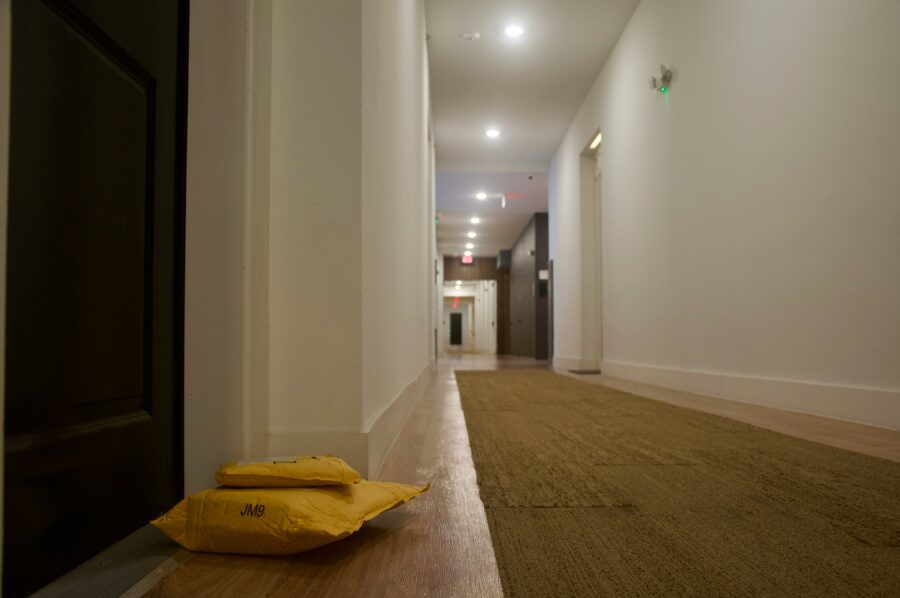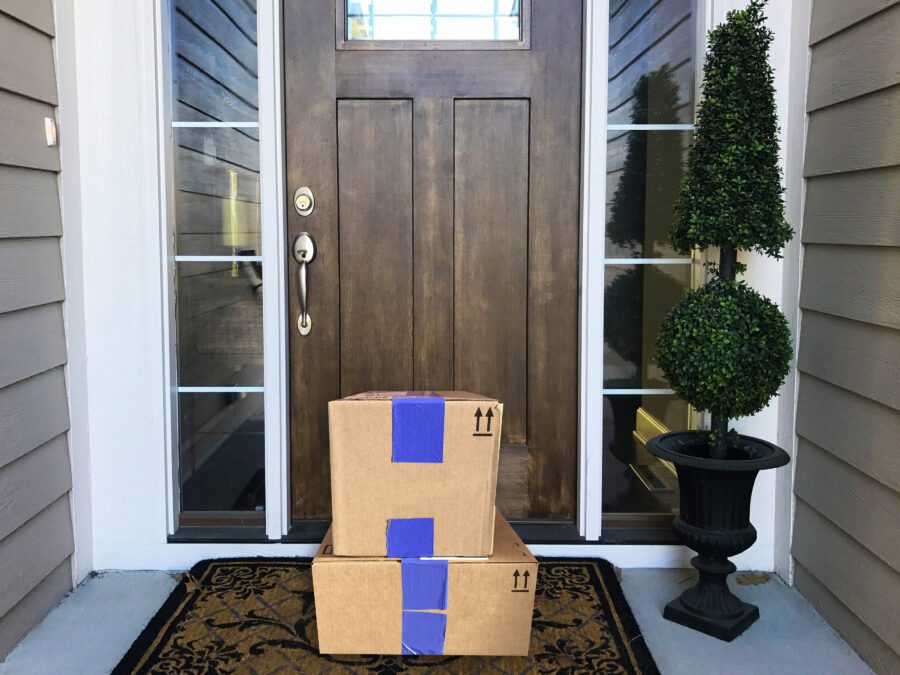
Open Locker Network
Why Porch Pirates are Targeting Flats and Apartment Buildings
Written by: Parcel Pending By Quadient
3 Min Read
Published: December 2, 2024
Updated: November 27, 2024
People living in flats are 24% more likely to have their parcels stolen than those in houses
As online shopping continues to soar in popularity, so does the unfortunate trend of parcel theft, also known as “porch piracy.” This crime is affecting people all over the UK, and apartment buildings are becoming a prime target. Despite the assumption that a secure front door would deter thieves, our latest parcel theft research shows that those living in flats are actually 24% more likely to have their parcels stolen than those in houses.
According to police reports, the most common age group for parcel theft is 25 to 34 years old, which is also the most common demographic for residents in Build-to-Rent and the wider PRS. The average value of each stolen parcel reported increased from £66.50 to over £100 in the last 12 months, with a total value of £376.6M across the UK, suggesting that it’s not just small, low-cost items that are being taken.
In this blog, we’ll explore why porch pirates are targeting apartment buildings and what steps can be taken to prevent this growing issue.
Where are parcels left?
To save time and for the convenience of the delivery agents, many couriers leave parcels in a lobby area instead of delivering them door-to-door. Unfortunately, parcels left unattended in communal areas or on doorsteps frequently go missing. Although some residents put up signs asking delivery drivers not to leave packages in shared areas, drivers have no other option if there is no secure place to drop off the packages.
Without a proper solution to handle parcel deliveries, couriers leave packages stacked up in corridors, making it easier for thieves to grab multiple packages at once and leave within seconds. Many apartments do not have on-site property managers to accept, store, and distribute parcels, leading to more unattended packages in communal areas.
How do thieves gain access?
Most parcels are stolen between 9 am and 5 pm, when many people are at work and not home to receive deliveries. Despite most apartment buildings having a secure front door, there are several ways to potentially access them. Here are just a few examples:
Criminals can enter the building by tailgating couriers or residents. This entails following closely behind someone and entering the door before it locks shut behind them.
They may attempt to ring a few buzzers and pretend to be a delivery driver in the hope that a resident will unlock the door for them.
Some buildings have a button that allows “Trade Access” between certain hours of the day to allow access to service people and delivery agents. This system can easily be abused by criminals when there are no limits on who has access to that button.
Why are thieves targeting apartments?
It is reported that over 60% of thieves enter homes through unlocked doors and windows. In an apartment building, the communal front door might be the only unlocked door that a porch pirate needs to access. Since many apartment buildings are unstaffed, or do not have a secure package management system, parcels left unattended in communal lobby areas make it easier for thieves to enter and steal multiple packages at once.
Here are some steps you can take to protect yourself from porch pirates:
- Always ensure that the building’s communal areas are secure and lock any doors or windows leading to them.
- Property Managers can invest in a secure package management system that can be used by all residents of the building. A smart residential parcel locker can elevate the resident experience especially if couriers are instructed to only deliver into the lockers so that no parcels are ever left lying around.
- If your building does not have a secure parcel system, consider having your packages delivered to a local Open Network parcel locker – this could be located by your nearest convenience store, station or other amenity. Most couriers will have a map of parcel lockers and other out-of-home locations on their website. That way you will know it has been left in a secure location that no one else can access.




